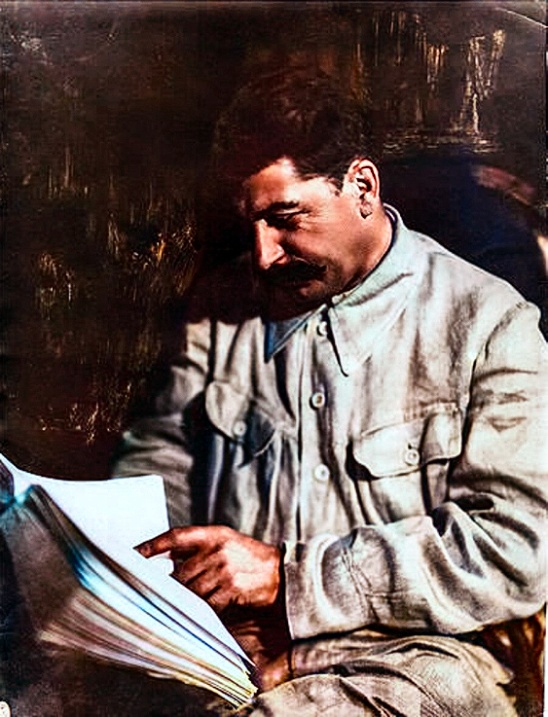Machine translation of article:
Mexico is the economy in Latin America and the Caribbean where poverty reduction has accelerated the most in recent years, according to a report by the World Bank (WB). At the same time, the institution projected zero growth for the country this year and a modest 1.1 percent expansion in 2026.
In a preview of its Latin America and the Caribbean Economic Report (Lacer), the WB highlighted that Mexico recorded the largest decline in poverty between 2018 and 2023, with a reduction of around 7 percent—the most significant drop in the region.
According to the WB study, this decline was partly due to social transfer programs, but an even larger factor—nearly three times greater—was the increase in labor income, particularly among the lowest earners.
The WB noted that the reduction in poverty in Mexico was largely driven by improvements in labor markets, accompanied by an average 6 percentage-point rise in real wages. However, the country still faces a predominance of informal private-sector employment and limited progress in productivity.
A day after the International Monetary Fund (IMF) projected that Mexico’s economy would contract by 0.3 percent this year before rebounding to 1.4 percent growth in 2025 (bit.ly/3YKPH73), the World Bank released its own adjusted forecasts.
Similar to the IMF’s assessment, the WB anticipates one of the worst growth scenarios for Mexico this year among Latin American and Caribbean economies. Except for Haiti, which is expected to see a 2.2 percent decline in GDP, Mexico is heading toward zero growth—the lowest in the region.
In its Lacer preview, the WB stated that Latin America will grow by 2.1 percent this year and 2.4 percent in 2026, making it the slowest-growing region globally.
Low investment, high debt, and a shifting external environment pose significant obstacles to the region’s development, the WB emphasized.
Carlos Felipe Jaramillo, the WB’s Vice President for Latin America and the Caribbean, stressed that the global economic landscape has changed dramatically, marked by heightened uncertainty. In this context, he urged countries to pursue strategies and reforms that boost productivity and competitiveness while addressing persistent gaps in infrastructure, education, trade, and governance. Nearshoring: Uncertain but Not Dead
According to the WB’s data, no other country in the region relies as heavily on exports as Mexico, which account for over a quarter of its GDP. Various productive sectors depend on export destinations—for instance, manufactured goods dominate shipments to the U.S., while sales to China consist mostly of minerals and fuels.
Amid global uncertainty driven by shifting trade policies, the WB recommends that countries diversify their export destinations and expand services exports.
“The nearshoring project is not necessarily dead, though it is certainly much more uncertain. With major Asian competitors facing heavy tariffs, Mexico and Latin America and the Caribbean as a whole appear more attractive,” the Lacer report states.


